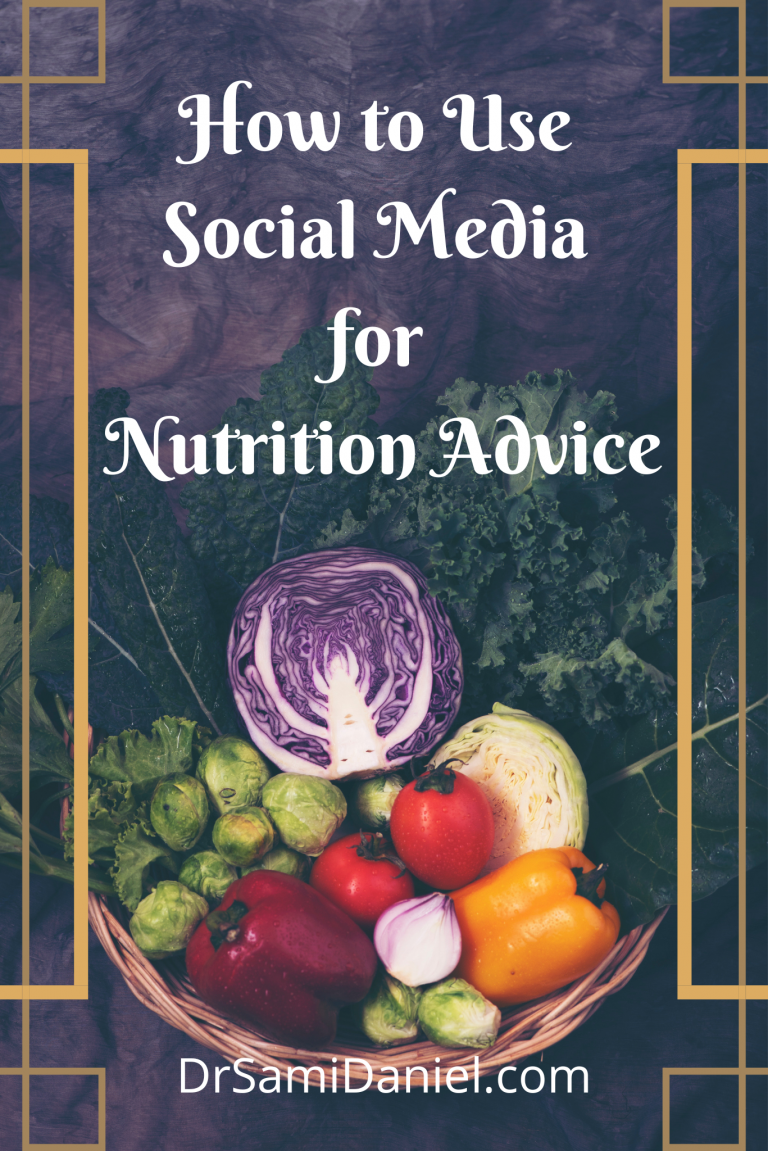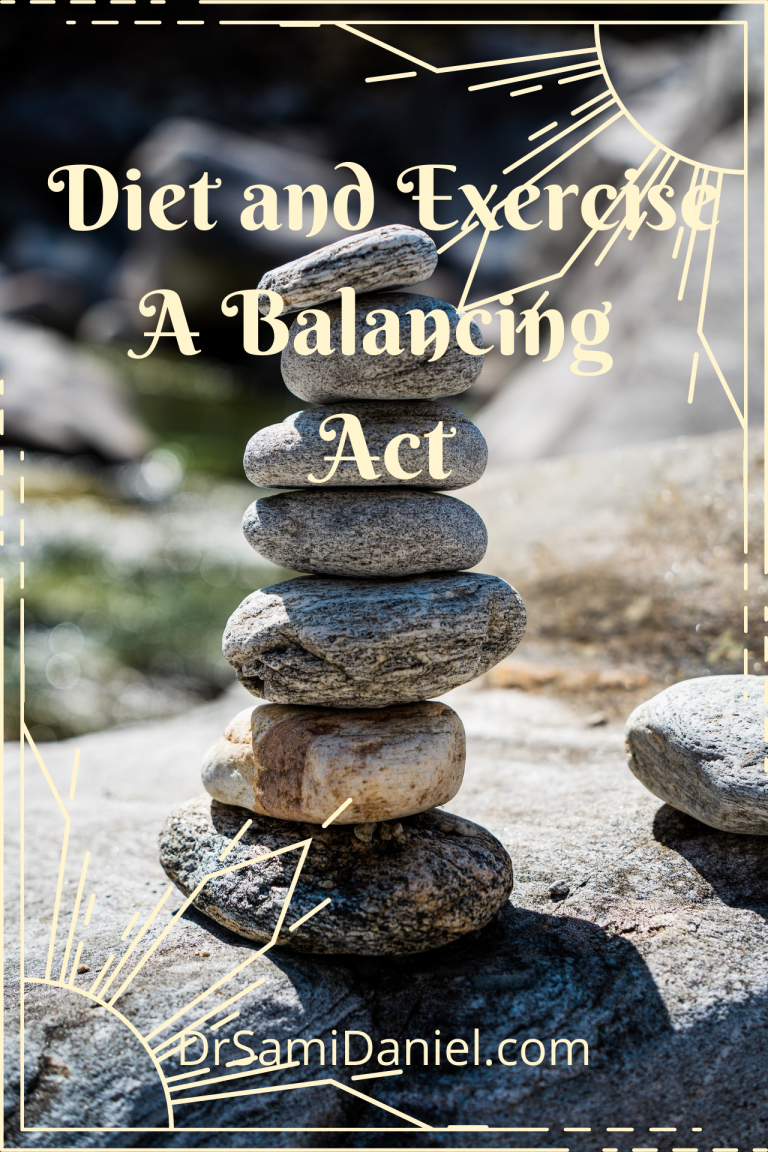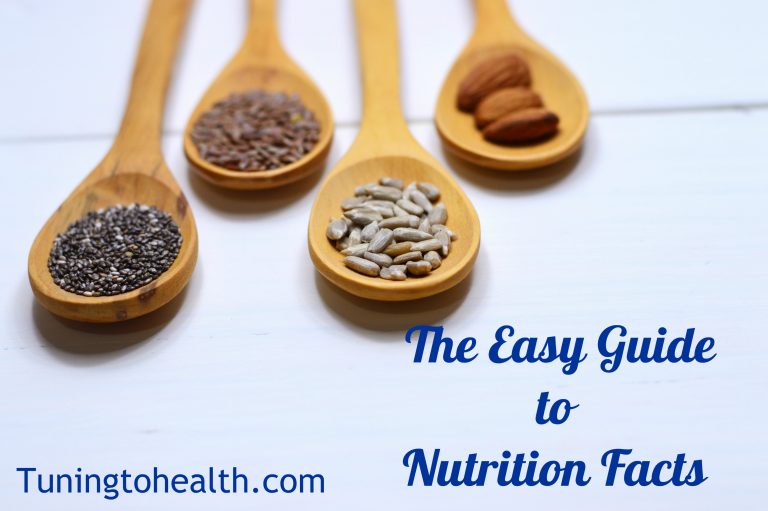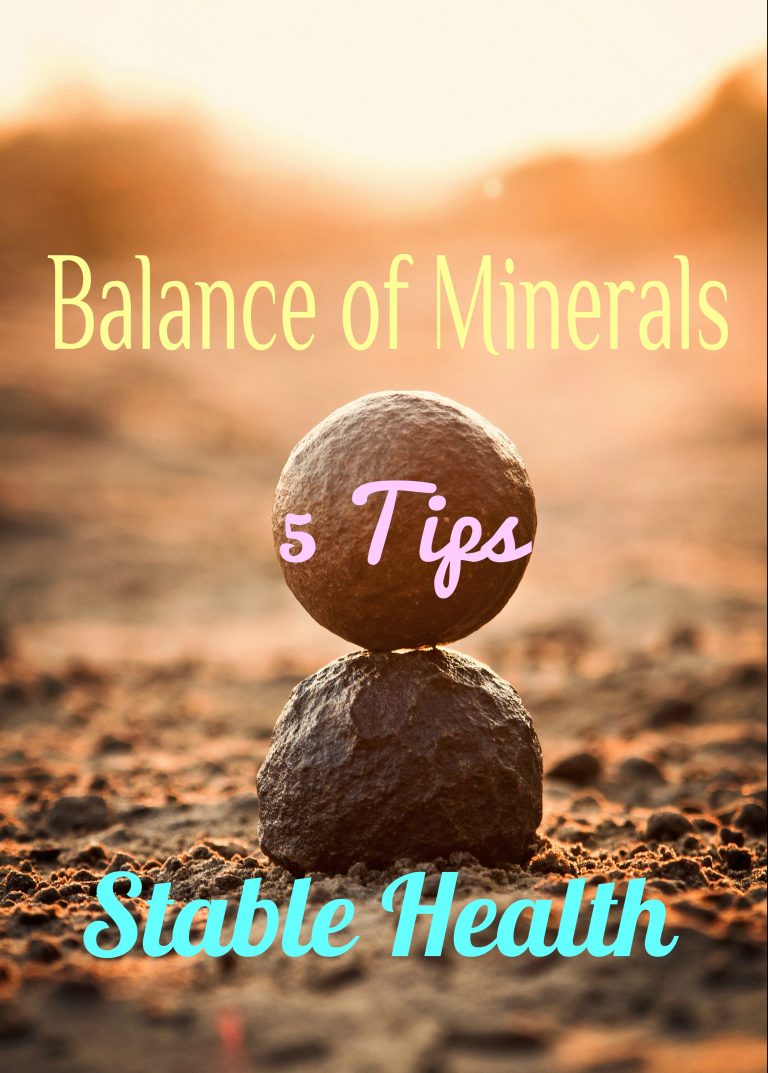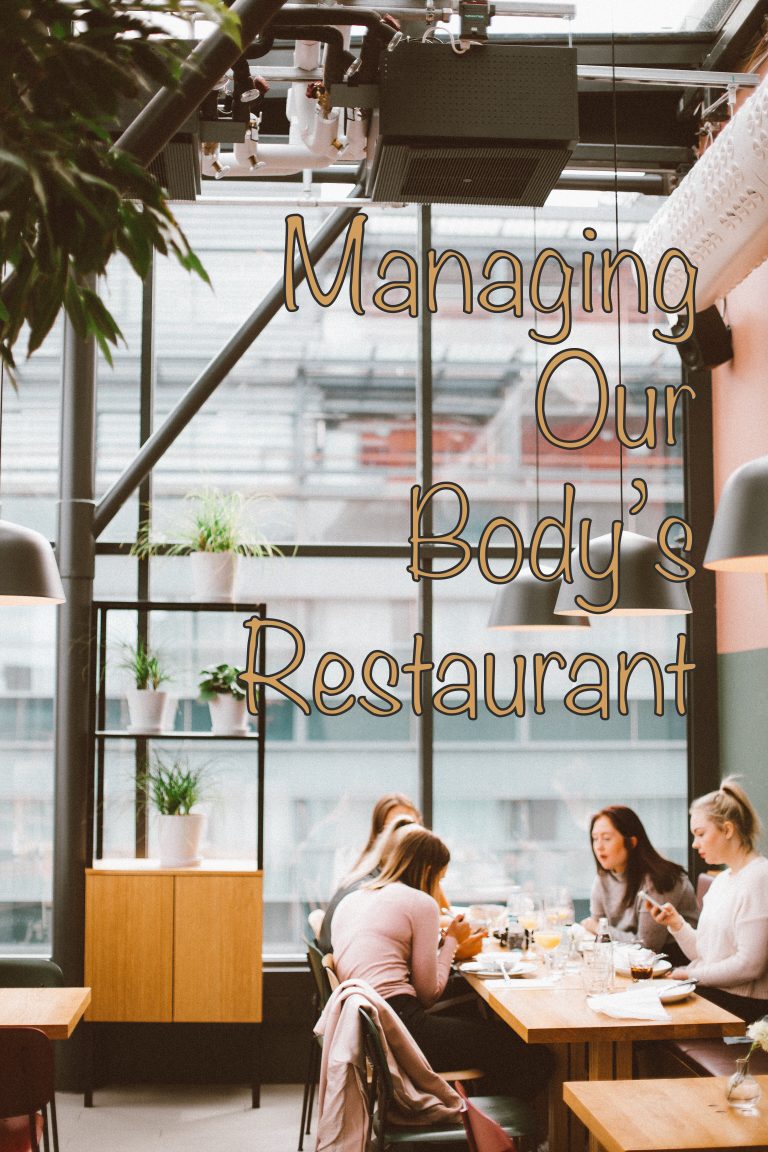How Vitamin D Helps Protect You Against Covid-19
Since the outbreak of the current SARS CoV – 2 pandemic (aka Covid – 19), there has been a lot of ideas about certain nutritional supplements that can help combat the coronavirus.
I would like to hone in on Vitamin D specifically in this article. Vitamin D is commonly known to increase calcium absorption to strengthen bones. But perhaps it is less commonly known for its ability to bolster immunity. How does it do that? And what can you do to make sure you have enough of this powerful vitamin?
To answer these questions, let’s start with the very nature of Vitamin D… What is it?
What is Vitamin D?
Vitamin D is something of a misnomer. “Vitamin” breaks down into two words; “Vital” and “Amine”. Vital because it is a vital nutrient that we need to either make within our bodies or ingest in the form of food in order to function well. Amine is a molecule that contains a nitrogen atom.
While Vitamin D is vital to the healthy function of our bodies, it is not an amine. Vitamin D is actually a steroid. Fear not. I am not talking about performance enhancing steroids that athletes are sometimes accused of using.
A steroid is a family of molecules which are derived from the basic chemical structure of a steroid. Examples include the sex hormones like testosterone and estrogen. These molecules actually come from a cholesterol molecule. And what else comes from cholesterol? Vitamin D.
Vitamin D is derived from Cholesterol. Notice the root word of Cholesterol? There is a -sterol, indicating the presence of a steroid structure on a molecular level.
Since it is a steroid, it acts like a hormone in the body which can stimulate different cells to do different things. For example, it can stimulate the cells of the bones to get stronger or immune cells to fight infection more effectively.
What Does Covid Do?
Covid-19 is also known as SARS CoV-2 for a reason. “SARS” actually stands for Severe Acute Respiratory Syndrome. That’s a mouthful. What is it saying?
“Severe” is a pretty common word which most people understand to mean really, REALLY bad. And you would be right. But what about the rest? “Acute” means that the problem happened suddenly and very quickly. “Respiratory” refers not necessarily to the lungs, but to the exchange of oxygen that happens within the lungs. “Syndrome” speaks to the collection of symptoms that define the disease.
So “Severe Acute Respiratory Syndrome” basically translates to, “extremely sudden inability to get oxygen into the blood”.
Therefore Covid is named after the disease it is causing. So how does this happen? And can Vitamin D stop it from reaching that level, or at least slow it down?
Mechanism of Disease
Severe cases of Covid-19 seems to bring on severe acute respiratory distress via a couple different ways (Quesada-Gomez et al). These include:
Cytokine Storm
This storm is basically the body’s version of a hurricane! But what are cytokines, where do they come from, and how do they cause a storm?
Cytokines are molecules your immune system makes when it finds a foreign invader. Cytokines create inflammation. This inflammation can be a good thing in small doses because it tells other immune cells to get ready for a fight. This is like raising an alarm when a foreign invader gains a foot-hold in your body. So the immune system knows to get pumped up and ready for battle!
Another molecule known as a chemokine is also produced. Chemokines actually point to the location of the invaders. These molecules help other immune cells know where to go to join the battle.
The problem occurs when the cytokine and chemokine system gets out of control. If there are too many of these molecules, this will lead to too much inflammation. And if there is too much inflammation, this can cause collateral damage.
Covid seems to be able to produce a really strong cytokine response in some people. This can put people in the hospital in severe cases, and on ventilators in extreme cases. Why? Because the epicenter of all the inflammation produced from the cytokine storm is causing collateral damage in the lungs.
The damage is occurring in the place that oxygen is transferred from the lungs and into the blood. Hence Covid’s name, SARS; or in English, “extremely sudden inability to get oxygen into the blood”.
And why does this damage seem to be occurring mostly in the lungs? Because the cells of our lungs have the highest concentration of the enzyme known as Angiotensin Converting Enzyme – 2 (ACE-2), which is what Covid uses as a gateway into our bodies.
Renin-Angiotensin System Activation
More jibberish! What is that?!
Renin is a hormone your kidneys actually produce when they feel they are not receiving enough blood flow. The kidneys aren’t selfish. They just realize that if they aren’t getting enough blood, then all the other organs of the body are not getting enough either.
So the kidneys decide to increase blood flow by releasing Renin.
Renin then works to activate an enzyme found in the lungs to produce another hormone known as Angiotensin. And what is the name of that enzyme? Angiotensin Converting Enzyme; more commonly known as ACE.
ACE produces Angiotensin in an effort to increase the tension of the arteries and veins. If there is more tension, you can increase blood pressure. And with increased blood pressure, you can get more blood flow to different organs. But a blood pressure that is too high is also dangerous. If you want to learn more, speak with your Doctor and check out how to prevent stroke from high blood pressure.
So why is ACE so important? It turns out that Covid-19 likes to use ACE-2 (yes, there are 2 different ACE enzymes) as a gateway into the body. About 83% of ACE-2 is produced by a specific type of cell in the lung known as Type 2 Alveolar Epithelial Cells (Zhao et al).
ACE-2 seems to provide anti-inflammatory properties (Patel et al) which is helpful to prevent the cytokine storm and decrease collateral damage to the lung. This function is unfortunately lost during Covid-19 infection because ACE-2 is down-regulated by the coronavirus (Kuba et al).
So it seems Covid-19 has a one-two punch! It works to increase inflammation and simultaneously decrease our ability to minimize the inflammation. This maximizes collateral damage.
Enter Vitamin D.
How Does Vitamin D Help Fight Infection?
Vitamin D helps to fight infection and Covid-19 on five main fronts (Quesada-Gomez et al):
Calming the Storm
The cytokine storm seems to be at the heart of what makes Covid-19 dangerous. Uncontrolled inflammation in the body is such a critical component that creates illness during Covid-19 infection.
Vitamin D can help calm the storm by decreasing the number of cytokines and chemokines that are created. The storm is still necessary to bring the immune system online and bring the fight to the invaders. However a thunderstorm is adequate to get the job done without causing collateral damage.
Trap and Burn
Neutrophils are specific soldiers of the immune system that have the ability to trap foreign invaders and burn them with a chemical reaction called an oxidative burst!
Your cells actually use hydrogen peroxide for this oxidative burst. Where does that sound familiar? Remember that brown bottle your parents got from under the bathroom sink every time they needed to disinfect your cuts and scraps as a kid? Remember how bad it stung?
That’s the same stuff your neutrophils use to burn and destroy pathogens! Your immune system can make hydrogen peroxide on its own. But it is a controlled substance because it destroys membranes not only of invaders, but of itself too.
Vitamin D can help temper this mechanism to make sure it does not get out of hand. But it sometimes will. And with many neutrophils working to neutralize invaders, this can lead to damage of the surrounding tissues; in this case, the delicate lining of the lungs.
Lung Lining
There are 2 components when considering the lining of the lungs.
- Maintain it’s integrity
- How do we repair it if it gets damaged.
By controlling the likelihood of the cytokine storm developing into a hurricane, we can prevent or at least minimize damage to the delicate lining that brings oxygen into the blood stream and to the rest of the body. If there is damage that occurs, Vitamin D seems to have the ability to stimulate repair.
- It stimulates the immune system to create antimicrobial substances called cathelicidin and defensins which work to pentrate an invader’s armor and destroy them from the inside-out (Hansdottir S. et al).
- Vitamin D also stimulates specific cells of the lung to shore up their own defenses by strengthening their barriers and increasing the production of surfactant (Chen H. et al). Surfactant is a molecule that normally serves to keep the lungs open for air to come in and oxygen to be transferred to the blood. But surfactant can also serve to tear apart the membrane of foreign invaders.
Reducing Blood clots
The heightened inflammation can also promote the formation of blood clots throughout the body. This is known as Hypercoagulability.
The process of Coagulation involves platelets and other blood factors which stick together and form a clot. This mechanism is helpful to stop bleeding either internally or on the skin such as the scab that forms after a cut.
However Covid-19 seems to put this ability into hyper-drive by ramping up inflammation throughout the body. With more inflammation comes greater likelihood of forming clots in the wrong places. This will eventually lead to problems.
Vitamin D seems to have the ability to help modulate this system and lower the chances of forming clots at the wrong time (Ohsawa M. et al).
Higher rates of Deep Vein Thrombosis (DVT) was observed in people with low levels of Vitamin D (Wu W. X. et al). DVT’s are clots that form in the veins of the legs. These can be dangerous if they travel to the lungs because this will block blood flow to the lungs and therefore prevent blood from getting a fresh oxygen supply.
Therefore Vitamin D may reduce the incidence of erroneous blood clot formation. However there might be other factors at work which still keep you in a Hypercoagulable state. Work with your Doctor to determine the best course of action for you.
How Can I Boost My Vitamin D?
Sunlight
Most people have been conditioned to be scared of sunlight. We put on sunblock to avoid skin damage and melanoma.
However sunlight is actually good for you in controlled doses. Sunlight is like everything else in the world. Too much, and too little, are bad for you. But if you find the right balance, you’re as golden as Goldilocks herself!
Usually 15 minutes of sunlight per day is enough for the UVB rays to make contact with your skin and convert 7-dehydrocholesterol into a pre-vitamin D molecule. This will later be activated by the liver and kidneys into Vitamin D3.
Food
You can include in your diet foods that naturally contain Vitamin D, or at least the precursors to Vitamin D for your body to convert into the active form. Cod liver oil seems to have the highest concentration of Vitamin D. Below that are rainbow trout, sockeye salmon, and mushrooms. To learn more, visit the National Institutes of Health Office of Dietary Supplements as well as the U.S. Department of Agriculture.
Fortified Food
Vitamin D has been recognized as an important nutrient. Therefore manufacturers have “fortified” some of their products such as milk, yogurt, and cereals to contain Vitamin D. Be sure to check the labels and nutrition facts.
Supplementation
You can speak with your Doctor to have your Vitamin D levels checked. The normal range of Vitamin D in the blood is 30 – 100 nmol/L. In fact, 30 is actually still low because this is the level determined to avoid rickets in children. 50 – 100 nmol/L is considered optimal for a healthy adult.
I personally live in the midwest and consistently see patients with levels well below 30. I have seen as low as 7! This is in large part due to the decreased sun exposure especially during the winter months.
If you are deficient, the Doctor may call into the pharmacy a prescription strength Vitamin D of 50,000 IU (International Units) to get your levels normal as quickly as possible. Then your Doctor may advise you to maintain your levels with a smaller dose of Vitamin D you can find over the counter; usually 2,000 – 5,000 IU.
If your levels are simply insufficient (Vitamin D hovering right below 30), then your Doctor may only advise over the counter supplementation as well as diet modification to include more Vitamin D. Either way, speak with your Doctor to know what the best course of action is for you.
Which Vitamin D is Best?
This depends on the general health of your liver and kidneys since Vitamin D needs to be processed by each of them to produce the fully active form.
Pre-Vitamin D (usually created in your skin with sun exposure) will travel to your liver and get processed into Vitamin D2.
Vitamin D2 will then travel to your kidneys and get converted into it’s fully active form, Vitamin D3.
If you have kidney problems as noted by your Doctor, taking Vitamin D3 may be your best choice since your kidneys would not have to be involved in the final step.
If your liver is the problem, but your kidneys are fine, then perhaps taking Vitamin D2 is a good option for you. Taking Vitamin D3 is still the best option. However both will not require the liver to process the vitamin in order for Vitamin D to get to its fully active form.
So what Vitamin D is best to take? You should speak with your Doctor to determine what is best for you as medical conditions as well as medication interactions may require your Doctor to change your dosage. However consistent supplementation seems to be the best way to maintain levels of Vitamin D3.
The Endocrine Society seems to recommend 4,000 IU per day for all adults; males, females, pregnant, and lactating. Infants from 0 – 12 months of age are recommended to have 1,000 – 1,500 IU per day. Children from 1 – 8 years of age are recommended to have 2,500 -3,000 IU per day (Holick et al).
Summary
Vitamin D looks like it has wonderful qualities to aid in the fight against Covid-19 as well as other possible infections. However there is more at work in a complex body than just Vitamin D.
Speak with your Doctor to ensure that Vitamin D is safe for you, as different medical conditions may warrant caution.
Also, do not assume that Vitamin D can somehow protect you from infection. That assumption would be a grave mistake.
But there is enough evidence to seriously consider the benefits of Vitamin D and open a discussion with your Doctor.
Citations
https://www.ncbi.nlm.nih.gov/pmc/articles/PMC7289092/
https://www.ncbi.nlm.nih.gov/pmc/articles/PMC7462411/
https://www.ncbi.nlm.nih.gov/pmc/articles/PMC5014009/
https://www.ncbi.nlm.nih.gov/pmc/articles/PMC7079827/
https://www.ncbi.nlm.nih.gov/pmc/articles/PMC3035054/
https://www.ncbi.nlm.nih.gov/pmc/articles/PMC6389123/
https://www.ahajournals.org/doi/full/10.1161/01.CIR.102.23.2867
https://www.ncbi.nlm.nih.gov/pmc/articles/PMC6714856/
https://ods.od.nih.gov/factsheets/VitaminD-HealthProfessional/#en25
https://academic.oup.com/jcem/article/96/7/1911/2833671#97183500


